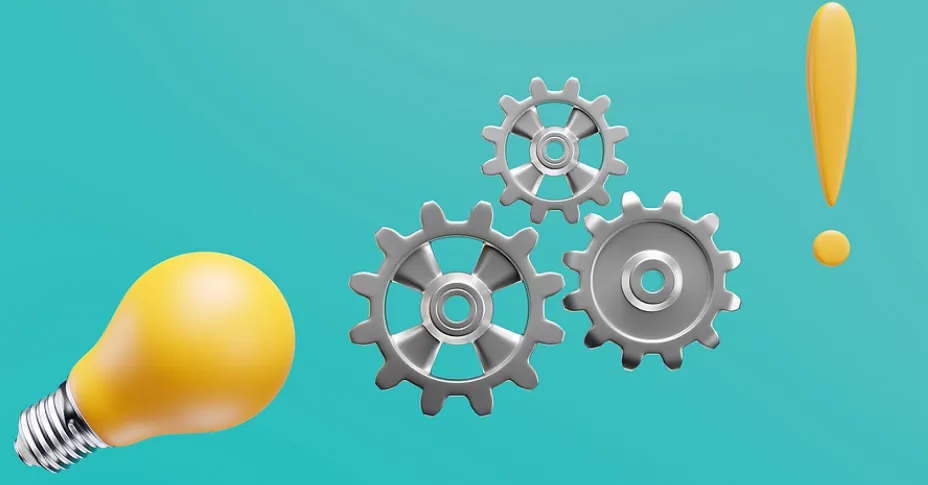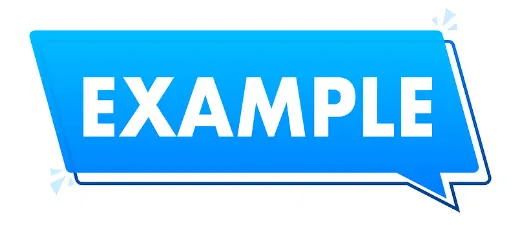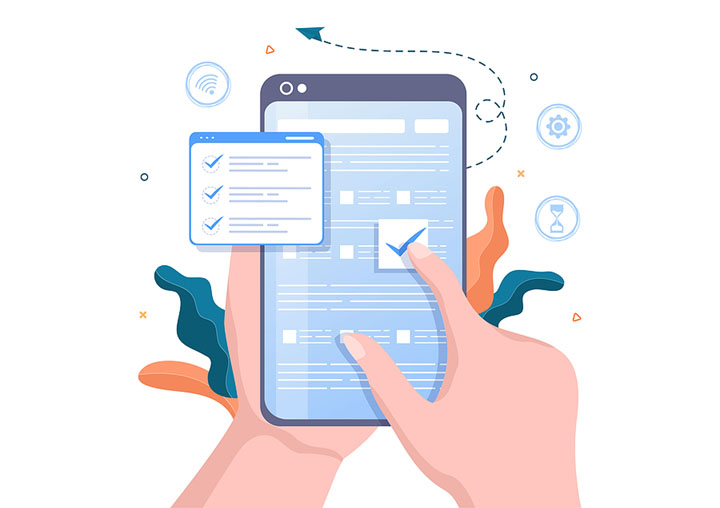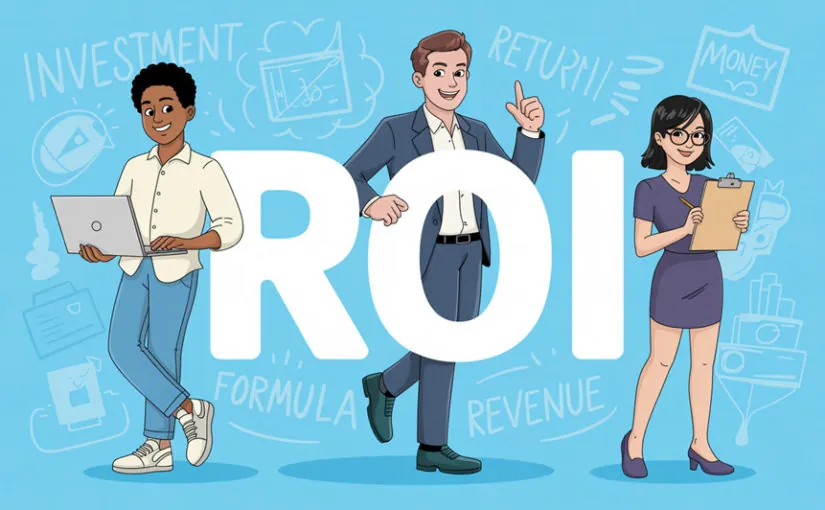
Could adaptive learning be the missing piece in the puzzle of personalised training? Could this fusion of technology and personalisation unlock unprecedented learning potential?
By dynamically adjusting to each learner’s unique needs and abilities, this approach promises a tailored educational journey like no other. It leverages real-time responses to learner performance, enhancing comprehension and engagement.
Here, Skillshub delves into the exciting world of adaptive learning, and explores how you can leverage it in your training and development.

Understanding Adaptive Learning
What do people mean when they use terms like “adaptive learning” or “adaptive learner”? What separates adaptive learning from other methods?
What is Adaptive Learning?
Adaptive learning (sometimes described as adaptive teaching) involves delivering custom learning experiences to address individuals’ unique educational or training needs. Rather than a one-size-fits-all approach, adaptive learning utilises just-in-time feedback, various learning pathways, and unique resources.
The concept of adaptive learning isn’t necessarily new. However, with the help of modern technological developments, including artificial intelligence (AI), it has become more prevalent and sophisticated.
Adaptive learning technology takes a data-driven approach, collecting information from individual learners and using that data to adjust eLearning content to fit the learners’ needs.
Key Features of Adaptive Learning
One of the key features of adaptive learning is dynamic adjustments. In an adaptive learning setting, lessons will adjust (or adapt) dynamically to each learner’s needs based on several essential factors, including the following:
- Feedback: Adaptive learning content delivers feedback based on a learner’s specific response (such as a hint on a problem, review materials from a past learning module, etc.).
- Data Collection and Analysis: Adaptive learning systems collect data throughout the user’s journey and compile that data into useful reports for instructors to review.
- Assessments: As tools like the Kirkpatrick Evaluation Model demonstrate, detailed and carefully prepared assessments help instructors understand learner performance and provide support as needed to help them achieve specific outcomes.
How Adaptive Learning Differs from Traditional Learning
Adaptive learning differs from traditional learning (which typically involves listening to a lecture, taking notes, and passing or failing a quiz, test, exam, etc.) in several ways. Here are some of the most significant distinctions between the two forms:
- Personalisation: Adaptive learning prioritises personalised learning tailored to each learner’s needs and understanding; traditional learning takes a more generalised approach.
- Self-pacing: Because adaptive learning is highly personalised, learners can work at their own pace, spending as much or as little time as they need to understand a particular topic.
- Engagement: Many people find adaptive learning tools and lessons to be more engaging because they meet learners where they are and help them truly master specific skills or subjects.
- Time-saving: It would take ages for an instructor to create customised lesson plans for each learner; however, adaptive learning technology provides personalised learning resources without significant time investments from instructors or employers.


Importance of Adaptive Learning in Learning and Development
Adaptive learning can benefit learners and teachers in schools, but it’s also helpful for employers looking for new and effective ways to train their employees and help them develop new skills. With the help of adaptive learning algorithms, employers can deliver training materials in new and interesting ways and achieve their specific learning outcomes.
Overview of Adaptive Learning Algorithms
Adaptive learning algorithms make various learning solutions more effective for learners and instructors. Below is a breakdown of the essential elements of these algorithms:
- Data Collection and Analysis: Adaptive learning algorithms collect a variety of data related to each learner’s interactions with the eLearning platform. It also turns that data into unique reports to provide a holistic view of how each learner is doing, how effective the program is, and other useful information.
- Personalised Learning Journeys/Paths: Adaptive learning algorithms allow learning resources to adjust to each learner’s needs, creating unique paths for them to follow while still developing the same essential skills.
- Real-Time Feedback and Assessment: The algorithms provide learners with real-time feedback and assessments to help them understand how they’re doing and what areas they need to spend more time studying.
Adaptive Learning Technology
Technology is integral to the success and efficacy of the adaptive learning approach. The latest technological advancements have helped instructors and employers expand learning opportunities and cater to a diverse range of learners.
Types of Adaptive Learning Technologies
Adaptive learning tools come in various forms. The following are some examples of options learners might use while on their personal learning journeys:
- Machine-Learning-Based Systems: Machine learning (ML) involves advanced adaptive capabilities like pattern recognition, statistical modelling, predictive analytics, and statistical regularities to create adaptive learning tools and deliver real-time insights into a learner’s performance.
- Advanced Algorithm Adaptive Systems: Advanced algorithm systems evaluate learning paths, learner feedback, and learning content in real-time. They constantly analyse learner data and compare it with data from other learners using the same or similar learning solutions.
- Rules-Based Adaptive Systems: Rules-based adaptive systems work according to a pre-set collection of rules. These rules provide different information to different learners based on their responses and behaviour.


Examples of Adaptive Learning in Practice
Adaptive learning and adaptive study activities are interesting in theory. However, they’re even more impressive in practice.
Whether it’s used in K-12 education or a corporate environment, adaptive learning offers numerous benefits for learners of all ages and backgrounds.
Adaptive Learning in Education
Here are some examples of how adaptive learning can be used in K-12 and university education settings:
- Individualised Instruction and Tailored Assignments: With the help of adaptive learning systems in schools, learners can receive individualised instruction and unique assignments designed to help them succeed and achieve specific learning outcomes.
- Differentiated Learning Experiences: Adaptive learning solutions take into account the value of differentiated learning experiences and do not expect all learners to learn at the same pace or in the same way.
- Personalised Content Delivery: As a result, learners can receive learning content tailored to their preferred learning style, allowing them to stay engaged, get more from their lessons, and improve their performance.
Adaptive Learning in Corporate Training
The following are some ways employers can use adaptive learning to train employees and ensure they have the skills needed to carry out specific responsibilities:
- Customised Employee Learning Paths: Like younger learners, employees in corporate settings also learn in different ways and at different speeds. Adaptive learning solutions provide them with bespoke eLearning paths to improve engagement, information retention, and skill development.
- Skills Gap Analysis: Employers can use information gathered from adaptive learning tools to identify specific skills gaps. With this information, they then know what factors to place a greater emphasis on in future training programs.
- Continuous Performance Improvement: Adaptive learning platforms lend themselves to continuous improvement. Because they provide valuable data through all stages of the learning process, employees and employers can regularly check in, see how they’re doing, and set new goals.


Benefits and Limitations of Adaptive Learning in Learning and Development
As is the case with all training approaches, adaptive learning offers numerous benefits (and a few potential downsides) in employee learning and development settings.
When used appropriately, adaptive learning systems can enhance learning outcomes and improve the workplace for everyone, from managers and leaders to customers or clients.
Advantages of Adaptive Learning
The following are some of the greatest benefits the adoption of adaptive learning can provide:
- Allows Learners to Work at Their Own Pace: With adaptive learning solutions, all learners can work at their own pace, dedicating as much or as little time needed to each lesson or training module.
- Increases Learner Engagement: Because learners have access to personalised resources, it’s easier for them to stay engaged throughout the learning process, which further improves information retention and performance during exams/assessments.
- Offers Built-In Learning Structure: Adaptive learning programs provide a built-in structure with lessons that build off each other. This natural structure encourages engagement and supports maximum retention and skills development.
- Offers Relevant Data to Instructors and Employers: Instructors and employers are still integral in settings where adaptive learning tools are used; they can access and review data regularly to identify skills gaps, evaluate employees individually and as teams, and find information to help them refine future training programs.
- Allows Instructors and Employers to Give Personalised Support: Instructors and employers can also use the information collected from adaptive learning systems to provide personalised support to learners. If they see that someone is struggling with a particular subject, they can, for example, provide extra study materials or offer one-on-one guidance.
- Maximises Learning Outcomes: All these benefits add up to improved learning outcomes. Whether employers want learners to master a specific skill or pass a particular exam, adaptive learning tools can help them increase the chances that those results will happen.
Challenges and Limitations
Of course, adaptive learning also presents certain challenges and limitations, including these:
- Requires Instructor and Employee Buy-in: Some people (both instructors and learners) aren’t as eager as others to use adaptive learning tools. They may need extra convincing and help to understand how these solutions work and why they’re beneficial.
- Requires Situation-Specific Solutions: Employers and instructors must choose adaptive learning systems that are geared to their industry, the particular skill or subject they want learners to master, etc.
- Requires Data Analysis Skills: For employers and instructors to get the most out of using adaptive learning tools, they must understand how to evaluate data and make decisions based on the information collected.
Key Considerations for Implementing Adaptive Learning Systems
To work around the potential limitations of adaptive learning systems and experience the greatest benefits, instructors and employers should keep these implementation suggestions in mind:
- Take Time to Choose the Right System: Employers and instructors should take time to review different adaptive learning solutions and find the best fit for their employees and desired outcomes.
- Identify Specific Learning Objectives: Another important factor in choosing the best solution is knowing what results you want to achieve. In other words, what outcomes do you want to see at the end of a particular training program, and how will you determine the success of that program?
- Learn How the System Works Alongside Learners: Instructors must still be engaged when learners are using adaptive learning tools. They should learn how the systems work alongside their employees to ensure they can answer questions and maximise results.
- Review Analytics Regularly: Regular analytics reviews ensure instructors continue to make informed decisions with employees’ best interests in mind. These reviews also help employers to decide whether or not a particular tool is beneficial for their team.
Future Implications of Adaptive Learning in Training
By allowing the primary methodology of learning to be adaptive, employers have the potential to make employee training and upskilling efforts much more effective.
Here are some specific future implications that might result from the growing popularity of adaptive learning:
- More Upskilling and Reskilling Opportunities: Employers can use adaptive learning to help employees upskill, reskill, and ensure their teams continue improving and keeping up with new industry standards.
- Greater Employee Satisfaction: Upskilling and reskilling, particularly with tools that work with their unique learning styles, can increase employee satisfaction.
- Increased Employee Retention: Satisfied employees are more likely to stick with their employers long-term, reducing turnover rates and the expenses that come with them.
Final Thoughts
Adaptive learning caters to different learning styles and helps instructors ensure learners receive the information they need in a way that is most beneficial for them.
These solutions allow for greater customisation (without saddling instructors with the additional responsibility of creating unique lesson plans for each learner) and contribute to better outcomes for employers as well as improved experiences for employees and customers/clients.
Employers interested in adaptive learning can use the information discussed above to decide if it’s the right fit for their and their employees’ needs.
As an eLearning company, Skillshub is committed to creating efficient and impactful learning experiences.
For more insights regarding adaptive learning and Skillshub’s solutions, get in touch today.















